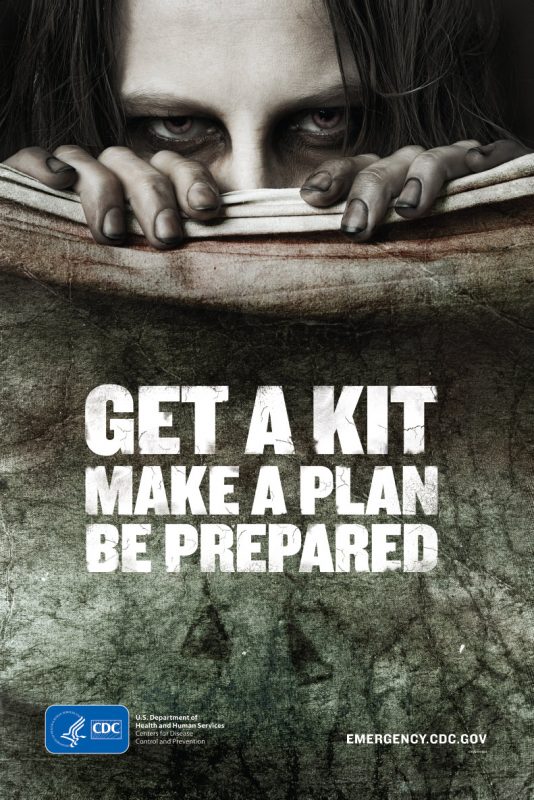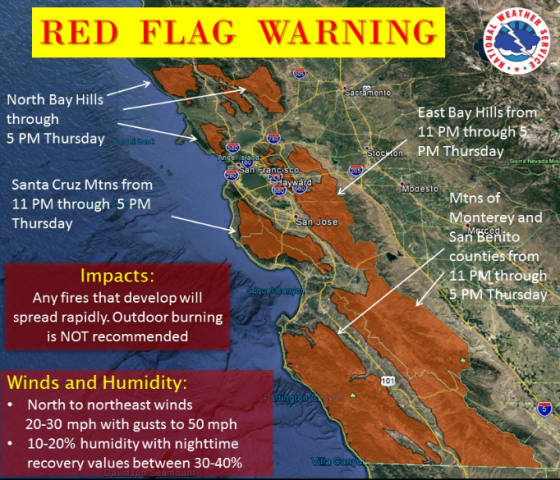‘Tis the season for many businesses to stay open through the holidays and for some to take part in the tradition of partying or watching a parade warmly from behind office windows. That’s why businesses located near public events should inform employees of how their offices will be impacted during the holiday season.
Parades pose various operational risks to property owners and businesses, both inside and outside their buildings. On Nov. 23 alone, at least five large parades will inch their way through the streets of major cities like Chicago and Detroit. Macy’s anticipates 3.5 million spectators to pack New York City’s streets for its annual Thanksgiving Day Parade. That means 2.5 miles of barriers and street closings in the “frozen zone” between 77th and 34th streets, and businesses in the country’s most congested city should prepare for some disruption.
 Theresa Morzello, the managing director for asset services for CBRE in New York City, has advised many companies who stay open or host events coinciding with parades and holidays. She said the first steps in mitigating disruption involve communicating with the event organizers and disseminating that information to tenants.
Theresa Morzello, the managing director for asset services for CBRE in New York City, has advised many companies who stay open or host events coinciding with parades and holidays. She said the first steps in mitigating disruption involve communicating with the event organizers and disseminating that information to tenants.
“This way they’ll know, for example, if one of their building’s entrances will close because of a parade,” Morzello said. “We also make sure that employees and their guests know the protocol for providing documentation for entering and exiting. That is usually handled in advance and lists are provided to security. And there are protocols for what to do when someone doesn’t have it. These are all things we do on a daily basis, but amped up a few levels because of the holidays.”
Morzello also said that property managers often try to utilize vacant office space because there is less potential for damage or disruption there. Wherever the gathering takes place within CBRE’s properties, she advises tenants to consider the following:
Hire elevator operators to help keep guests on their assigned floors.
- Obtain a temporary alcohol license, if necessary.
- Confirm that outside caterers are insured.
- Address if the windows are operable and ensure they are kept closed.
But parades and crowded events are not relegated to big cities, as many major retailers take part in the festivities. Acadia Realty Trust manages hundreds of retail and office properties in the U.S. and Kellie Shapiro, vice president of risk management said clearing a physical path is the first step to mitigate safety risks during a high-traffic season.
“We issue a moratorium on any work during the holiday season. We email tenants reminding them to get everything done before Thanksgiving,” she said. “From then until New Year’s is not the time to have scaffolding and things like that.” She added that capital improvements are suspended across most of Acadia’s portfolio to avoid interfering with tenants’ operations during their busiest season.
Businesses can easily lose track of who’s coming and going during the busy holiday season, Shapiro noted. Acadia’s focus is on knowing its vendors, and she reminds tenants to be diligent about vetting third-party contractors for the sake of safety and reputation.
“You can protect your company by being diligent about who you bring in to your site. You should know who your contractors are – you don’t want to let some criminal just walk right in because you handed over the keys to your building,” Shapiro said. “You would hope tenants, if they saw something suspicious, would pick up the phone. We’d all like to secure something 100% but you have to know your limitations.”
Public safety in the U.S. has been headline news, considering the recent high-profile violence involving weapons and automobiles in just the last two months in Las Vegas, California, Texas and Manhattan. In a recent interview with Risk Management Monitor, Rezwan Ali, risk solutions group head of security at Falck Global Assistance, discussed how businesses and employees should review their emergency plans during high-volume times. He maintained, however, that the odds of being impacted by a terror attack is very low.
“When participating in larger events, such as the Thanksgiving Day Parade in New York, people tend to focus only on the parade and their phones taking pictures and posting on social media,” said Ali. “However, it is important to stay alert and aware of one’s surroundings. Not just to be prepared for terror, but also to prevent being a victim of crime.
It is recommended to download apps either provided by the authorities or by media outlets that generate alerts allowing you to get direct notifications should anything happen in your vicinity.”


 An emerging risk over the past 10 years has been the rise of undead walkers, or “zombies” and their influence on supply chains, natural resources and mortality rates.
An emerging risk over the past 10 years has been the rise of undead walkers, or “zombies” and their influence on supply chains, natural resources and mortality rates. and uprisings using makeshift weapons, but sadly, the supply chain is limited due to an outbreak that has been wiping out Americans.
and uprisings using makeshift weapons, but sadly, the supply chain is limited due to an outbreak that has been wiping out Americans.